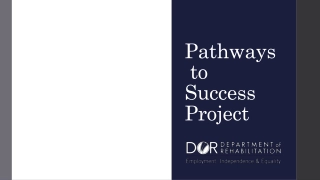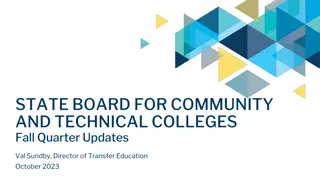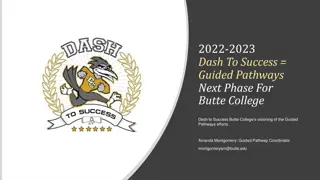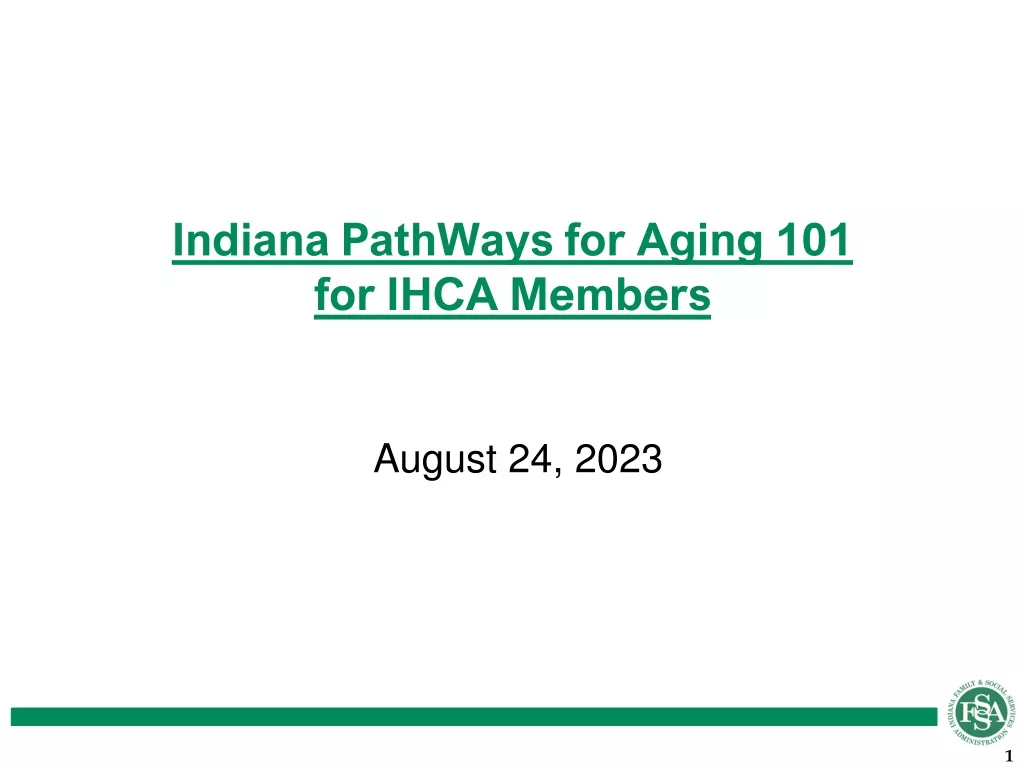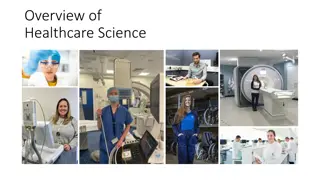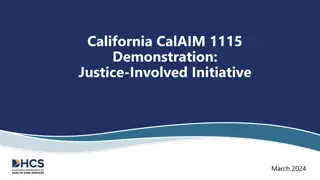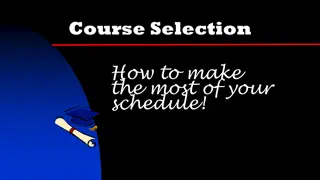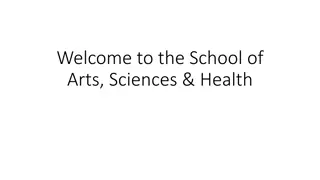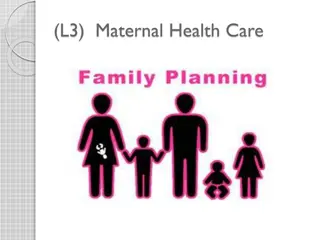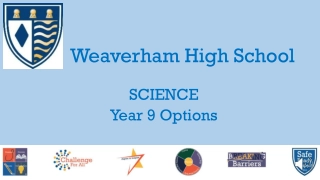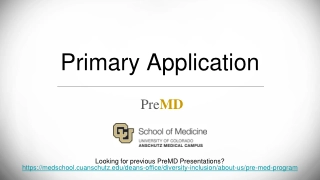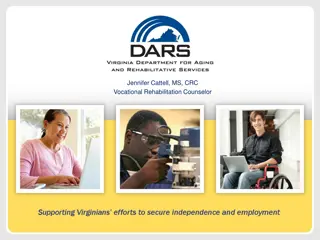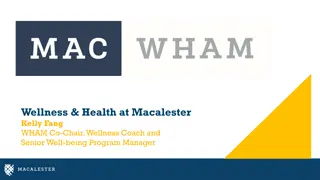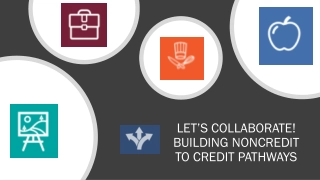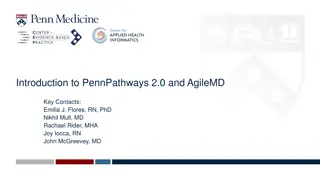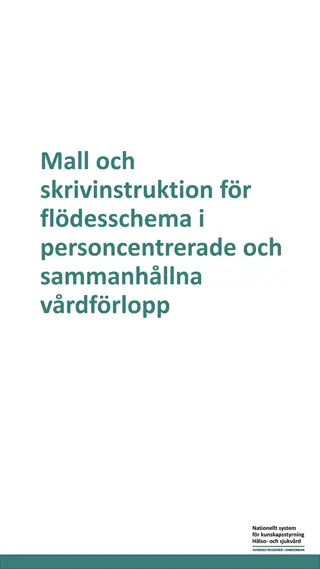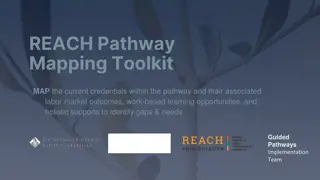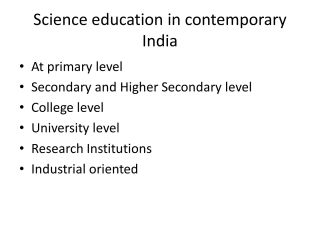Pre-Health Science: Pathways to Success
Career development stages and identify personal aptitudes, skills, interests, and learning preferences in the field of pre-health science. Learn about VARK learning styles - Visual, Auditory, Reading/Writing, and Kinesthetic - and how to leverage each for effective studying and skill development.
Download Presentation
Please find below an Image/Link to download the presentation.
The content on the website is provided AS IS for your information and personal use only. It may not be sold, licensed, or shared on other websites without obtaining consent from the author. Download presentation by click this link. If you encounter any issues during the download, it is possible that the publisher has removed the file from their server.
Presentation Transcript
Pre-Health Science: Pathways to Success Chapter 4: Planning Your Career
4.0 Learning Objectives After reading this chapter, you should be able to do the following: Describe the stages of career development . Reflect upon personal aptitudes, skills, interests, values, and work-style needs and preferences.
4.1 Vark And Learning Preferences VARK Learning Preferences A popular approach to learning styles is called the VARK approach which focuses on learning through different senses (Visual, Aural, Reading/Writing, and Kinesthetic): Visual learners prefer images, charts, maps and diagrams. Aural learners learn better by listening. Reading/writing learners learn better through written language. Kinesthetic learners learn through doing, practicing, and acting.
4.1 Vark And Learning Preferences - Visual Knowing and Taking Advantage of Learning Styles in a Way That Works for You Visual Learning Preference 1. Sit in class where you can see PowerPoint slides and other visual presentations 2. Pay attention to your textbooks illustrations and diagrams 3. Use a visual approach in your class notes 4. Try to imagine how you would present information visually 5. Study with other students who may learn better by reading or listening
4.1 Vark And Learning Preferences - Auditory Auditory Learning Preference 1. Sit where you can see and hear the instructor better 2. Ask for recorded lectures and listen to them 3. Study with other students and listen to what they say about the course material 4. When studying, read your notes aloud or record your own summary of a lesson 5. Review previous tests by reading the questions aloud and speaking your answers
4.1 Vark And Learning Preferences Read/Write Read/Write Learning Preference 1. Underline and highlight key ideas when reading 2. Take good notes using your own words 3. Write descriptions that summarize information presented in nonverbal modes 4. Do all optional and supplemental readings 5. Take good notes in class 6. Study with other students who have different strengths
4.1 Vark And Learning Preferences - Kinesthetic Kinesthetic Learning Preference (Learning by Doing) People who learn best by doing are often attracted to careers with a strong physical or hands-on component, which can vary from athletics to technologies and trades. Feeling Feeling learners focus on the emotional side of information and learn through personal connections.
4.2 Myers Briggs Personality Assessment As an introduction into the Myers-Briggs Personality Types, please click the link to take the following quiz: Free Online Self-Assessment of Your Myers-Briggs Personality Type
4.2 Myers Briggs Personality Assessment Myers-Briggs Personality Testing Much like learning styles, there have been a number of theories surrounding the idea that different personality types may prefer different kinds of learning. 1. Extroverted (E) vs. Introverted (I) 2. Intuition (N) vs. Sensing (S) 3. Feeling (F) vs. Thinking (T) 4. Judging (J) vs. Perceiving (P)
4.2 Myers Briggs Personality Assessment - Impact The Impact of Personality Styles on Learning To find out their own personality traits and learning styles, a person takes an approved Myers-Briggs test, which consists of a series of questions that help pinpoint their preferences. These preferences are then arranged in order to build a profile using each of the four categories. Table: Personality Types
4.3 Other Personality Self-Assessments Free Personality Tests Feel free to take any of the following tests below to explore the different self- assessment options out there: Big Five Personality Test True Colours Locus of Control Empathizing/Sympathizing Online Self-Assessment
4.4 Career Connection Learning about reflection as a practice can help you improve your self-reflection abilities, which may help you improve your workplace performance (Indeed Editorial Team, 2022, para. 1) Student Perspective: LinkedIn Profiles Lead to Jobs
4.4 Career Connection Interview Questions: 1. What is your biggest strength that you would bring to our organization and how would it help you be successful in your first 6 months on the job? 2. If you joined our team, how would you go about getting to learn more about the workplace culture here at Company X? 3. Tell me about a time when you were unsuccessful in completing a task. What was the situation and what did you learn that you would do differently next time? 4. If I were to ask someone who you recently worked with, what would they say is your biggest weakness?
4.5 Key Terms Aural Myers Briggs Extrovert Perceiving Trait Feeling Read/Write Feeling Trait Sensing Trait Introvert Thinking Trait Intuitive Trait VARK Judging Trait Visual Kinesthetic


